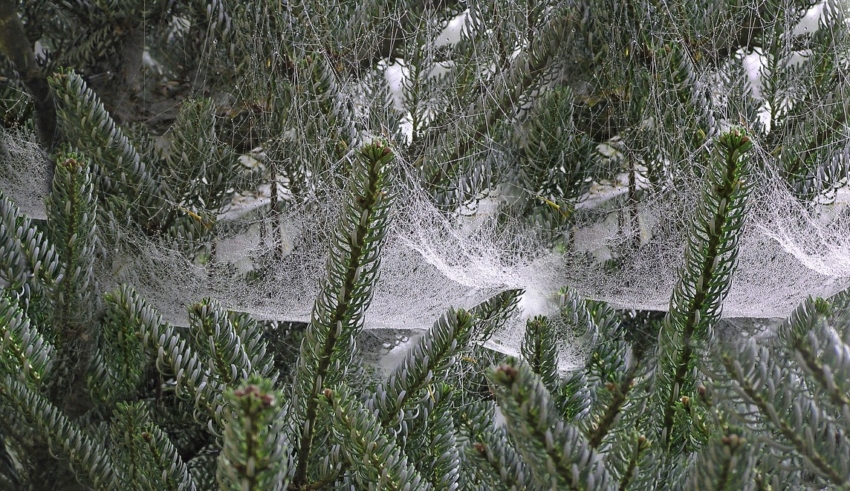
When and where do we need sanctuary and how do we create sanctuary? How do we sustain a setting in which de Tocqueville’s conditions are consistently present? How do we create sanctuaries when we wish to stop, hide, get away or rest (the first purpose)? What about the second function of sanctuary (to heal, repair, re-group and recover)? How and where do we retreat for a minute or two from a daunting challenge and come back to this challenge with renewed energy and new insights?
The third purpose of sanctuary— “to find our deep center and reorient to our deeper compass again”—is often controversial. It requires our delving into deeper, more personal, and often more spiritual issues. Certainly, the notion of “coming home to one’s own truth” is foundational to any moment of safety and deep learning. “Mini-sanctuary”—moments of flow—can be found (and created) that embody the fourth purpose. Learning is enhanced and further refined. Actions that derive from this learning can be identified, described, and analyzed (what is often called “meta-learning”).
Temporary Systems
We propose that in many instances, we can create successful sanctuaries in organizational and community settings by establishing temporary systems. Formal sanctuaries clearly are temporary systems; however, temporary systems are also to be found in many other forms. Matthew Miles (1964) noted that temporary systems are to be found throughout our society. Examples of temporary organizational systems that Miles offered at the personal level include psychotherapy, confessional sessions and personal growth programs as temporary systems. At a collective level, temporary systems include carnivals, theater, celebrations, games, retreats, workshops, conferences, task forces, project teams, coffee breaks, and office parties.
Temporary systems can provide short-term, ad hoc settings in which new methods or products are tested out as a “wind tunnel” for new ideas. Other temporary systems provide regularly convened alternative structures, in which all or many members of an organization can identify and solve problems, communication, and manage conflicts in ways that are not usually employed in daily work life. We will turn to these “collateral organizations” shortly. Some temporary systems enable participants to try out a new skill without fear of failure (a “dress rehearsal”). Other temporary systems enable participants to get a taste of the end point to which they are striving.
A key question is appropriate to engage at this point. How do we create these systems in the organizations in which we work and communities where we live? How do we replicate systems that are comparable to the sanctuaries we have just described? How do we find the delicate balance between challenge and support. This question can also be stated in more metaphoric terms. How do we engage what Rianne Eisler (1987) identifies as both the blade (challenge) and chalice (support) when creating a temporary setting? As Eisler has suggested, we mold a chalice to contain the anxiety and direct the energy (support), while also wielding the sword of change and transformation (challenge). The sword helps to mobilize creativity and energy in the first place, while the chalice makes it safe for this mobilization to occur. The chalice and blade allow us to learn and flourish—collective expertise is safely and courageously engaged in this setting.
Download Article 1K Club

















